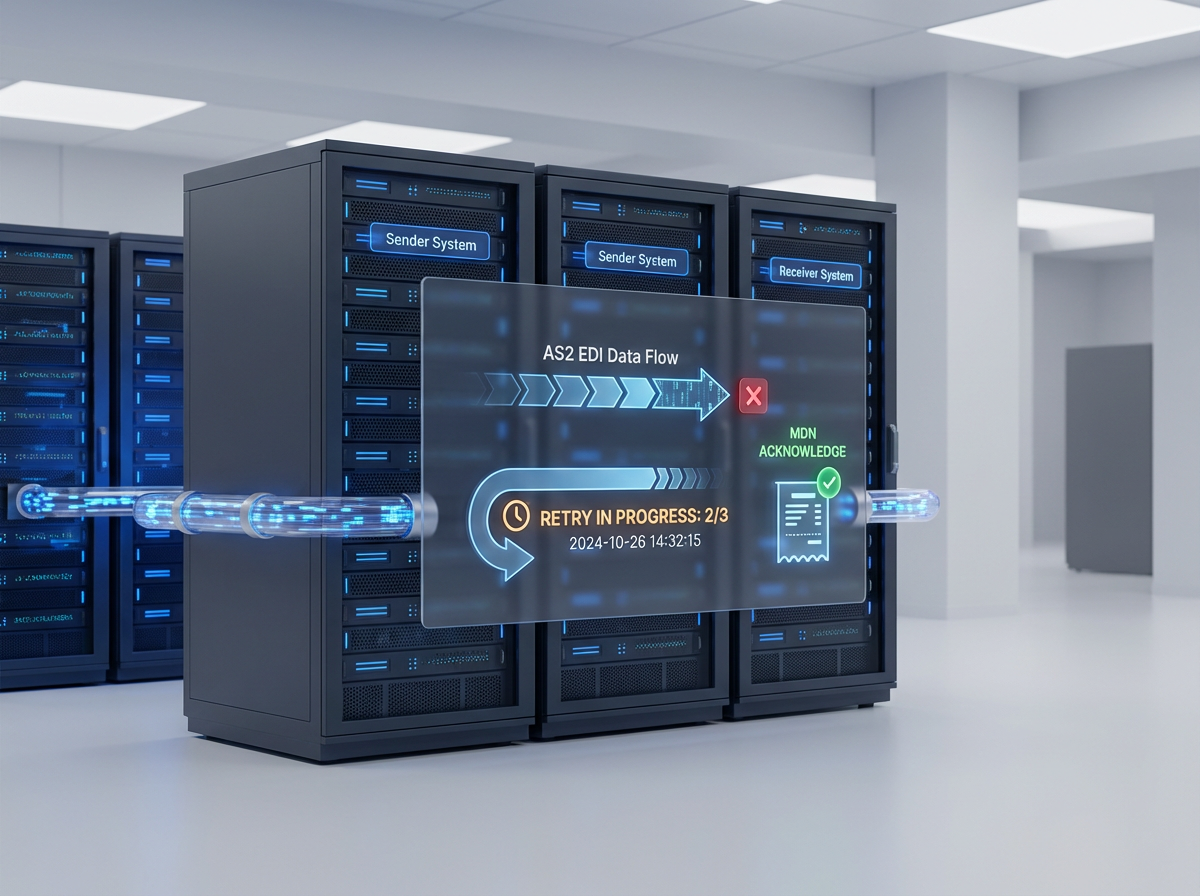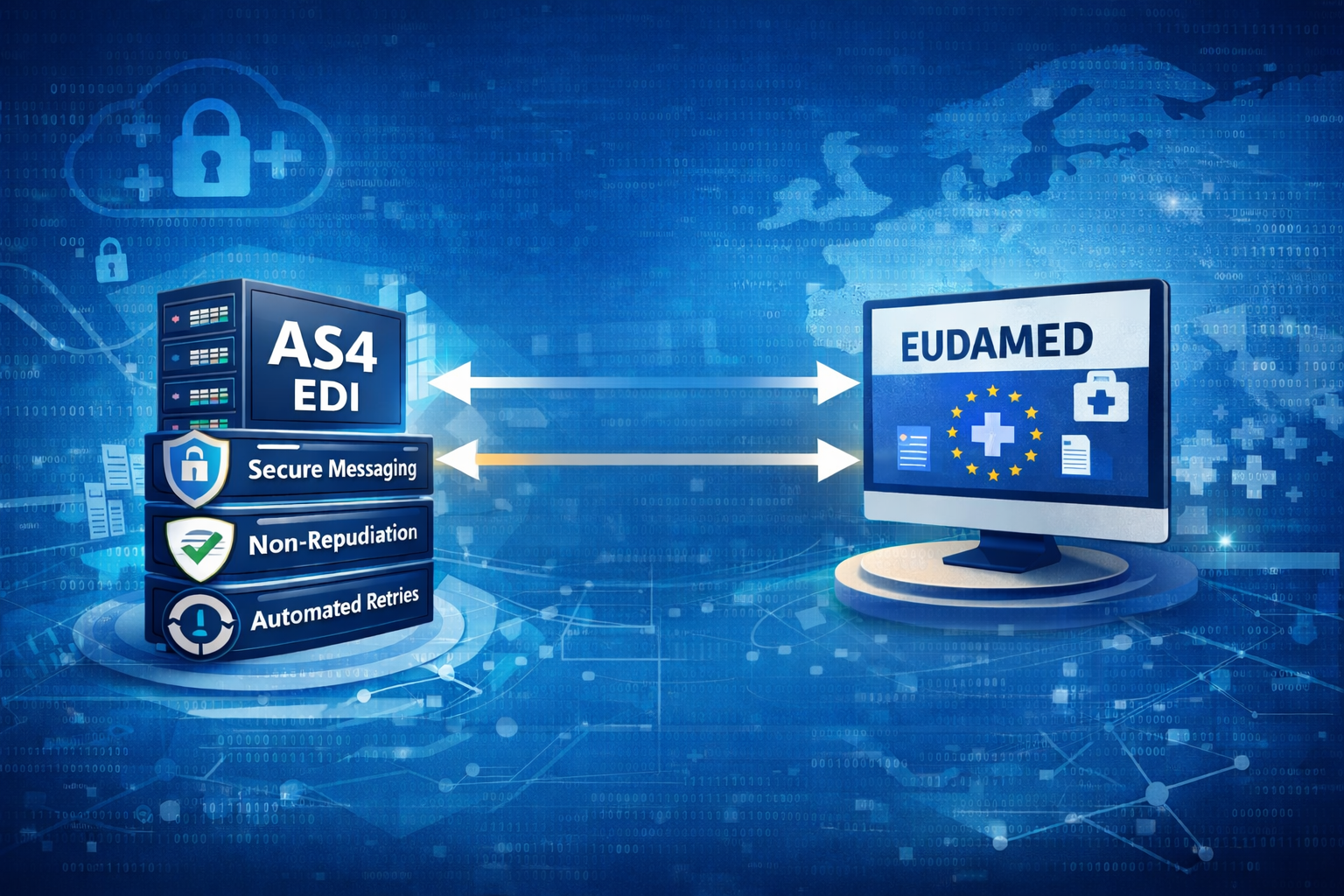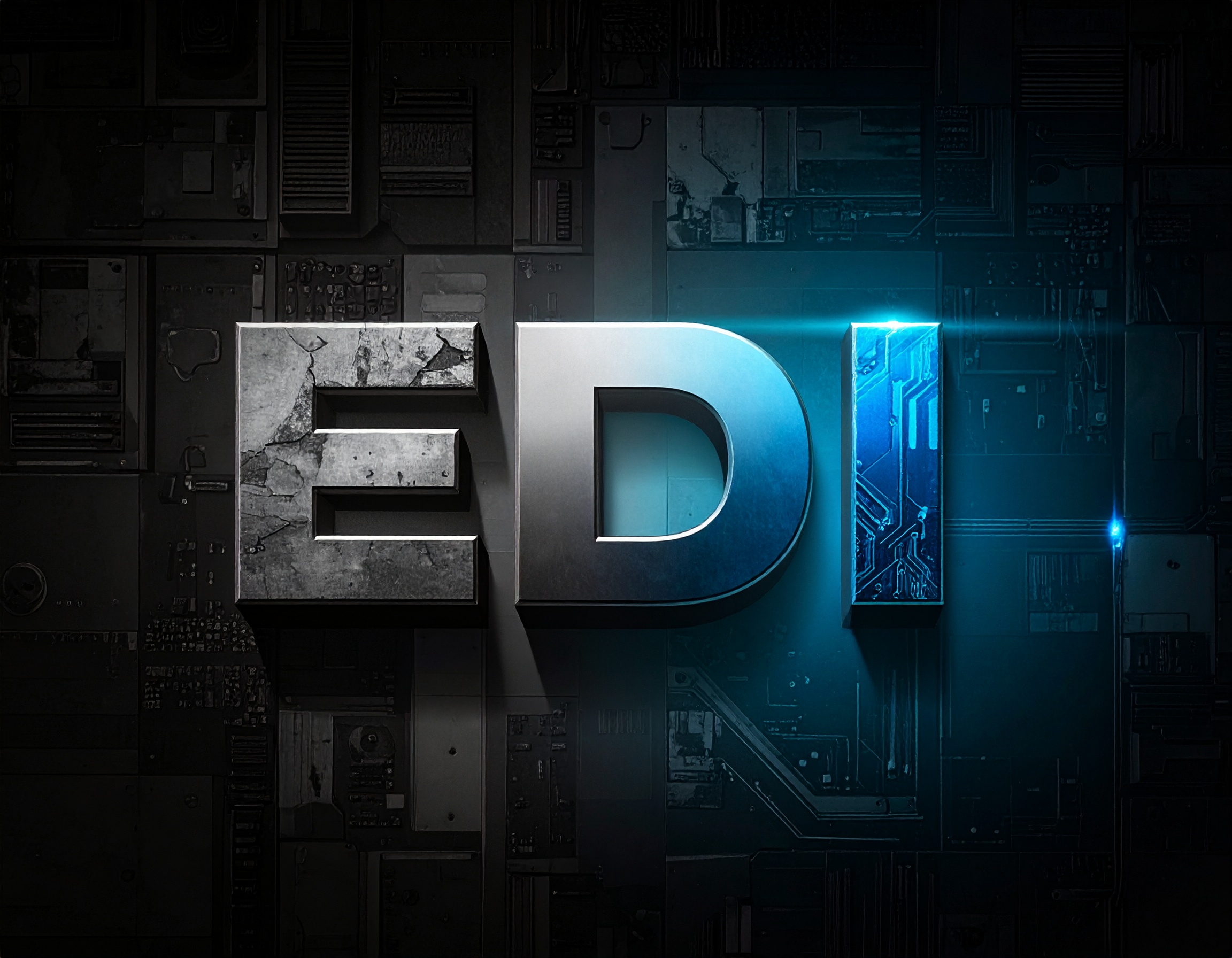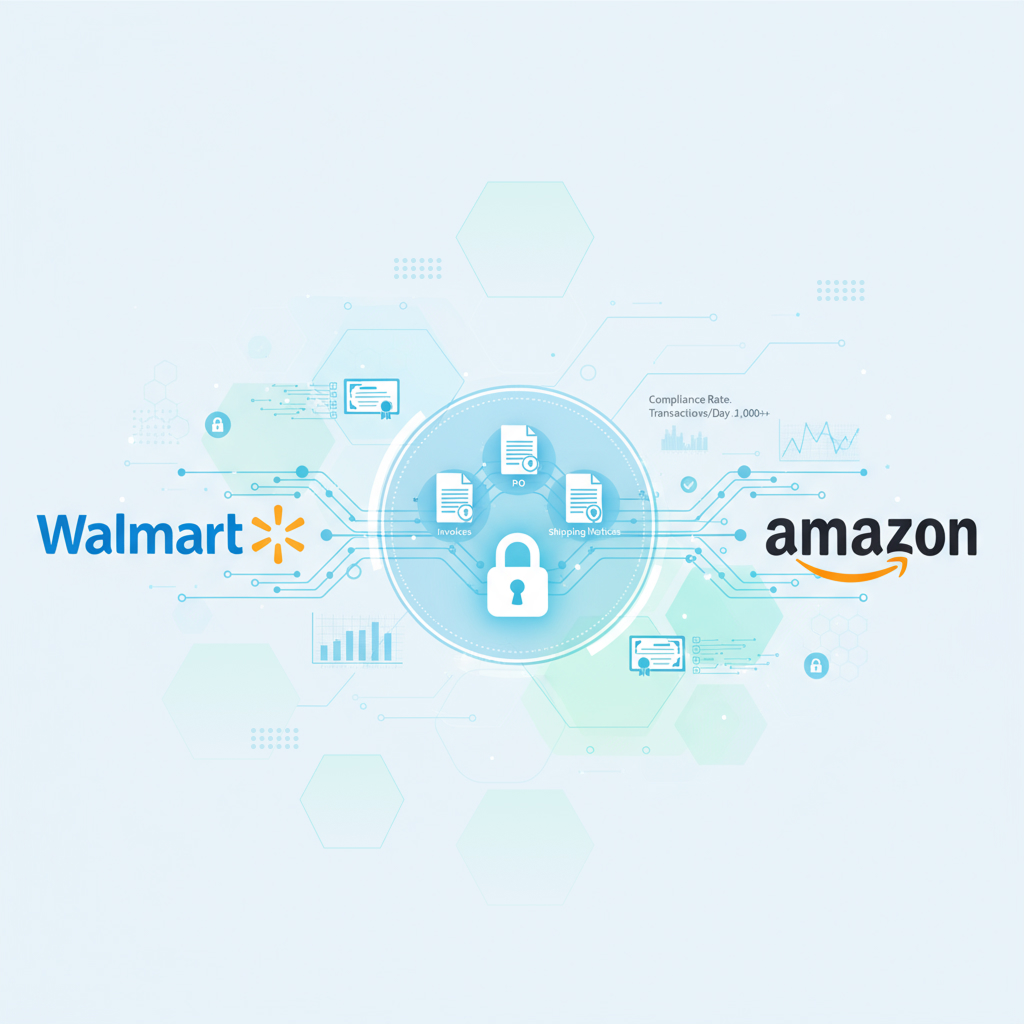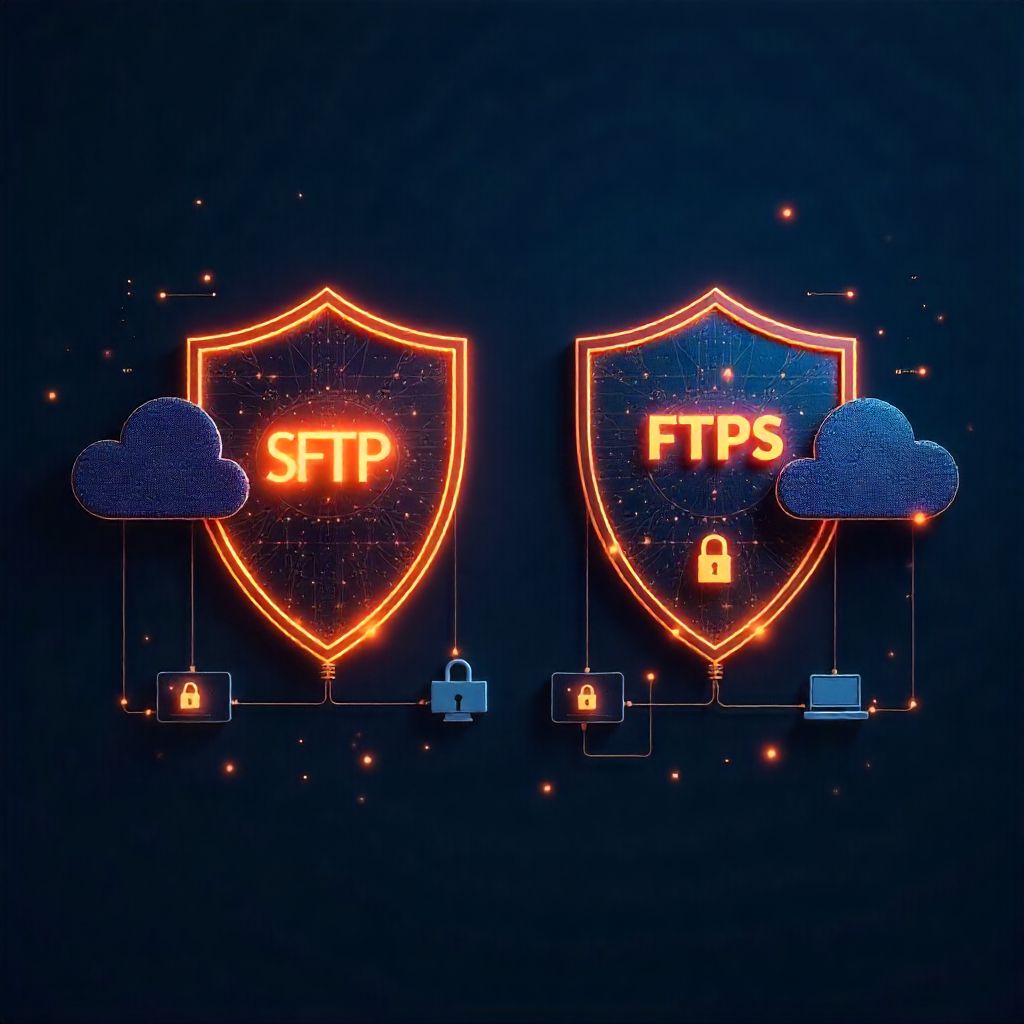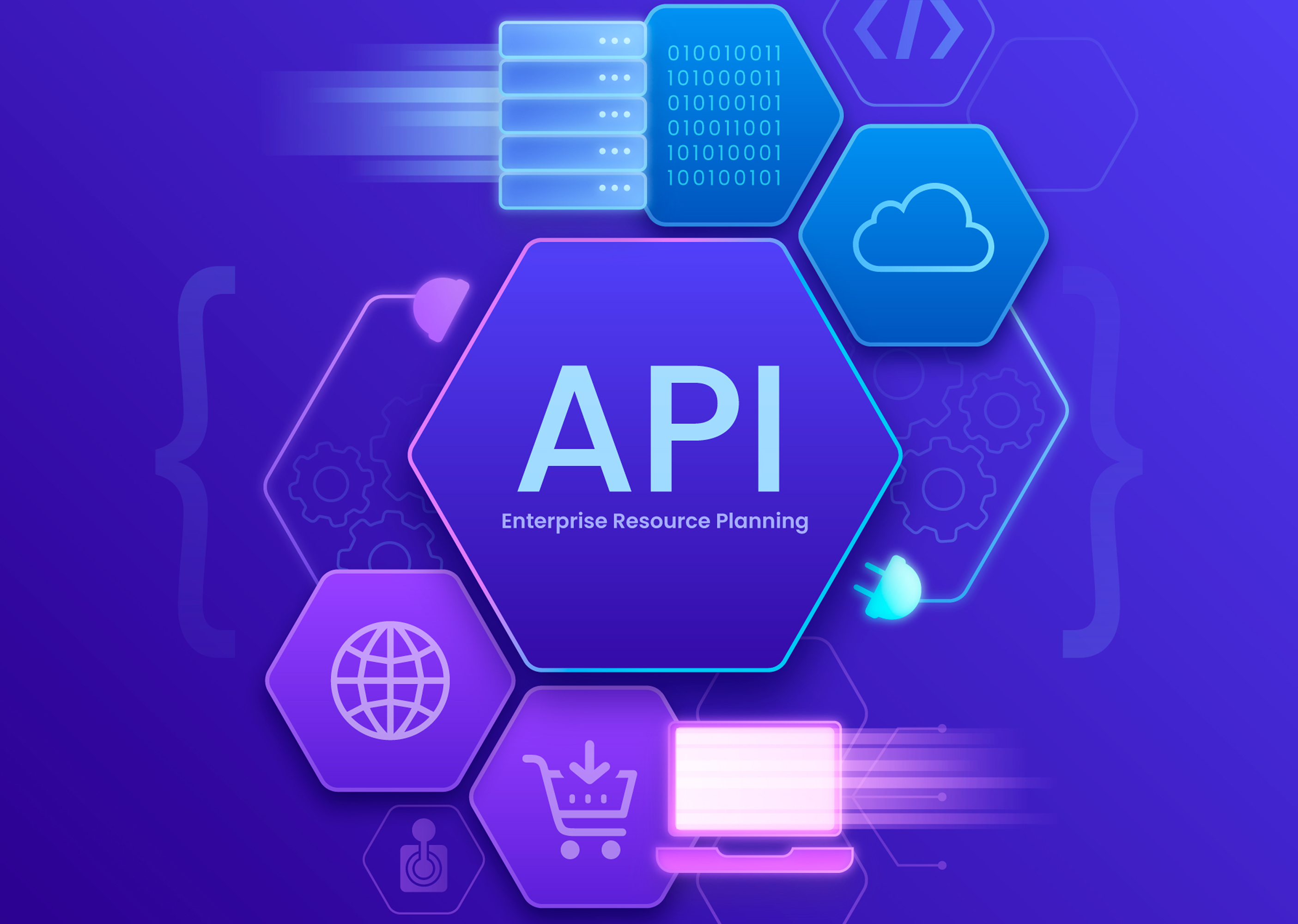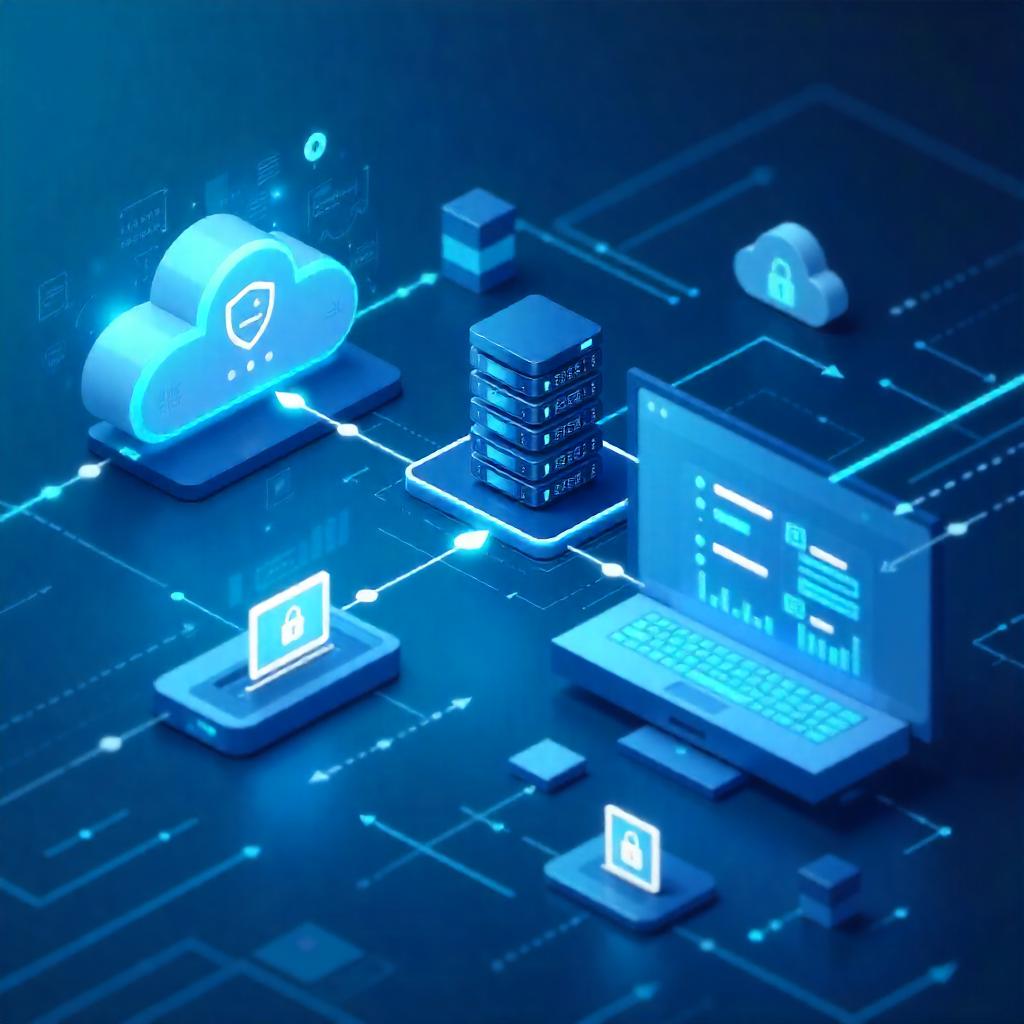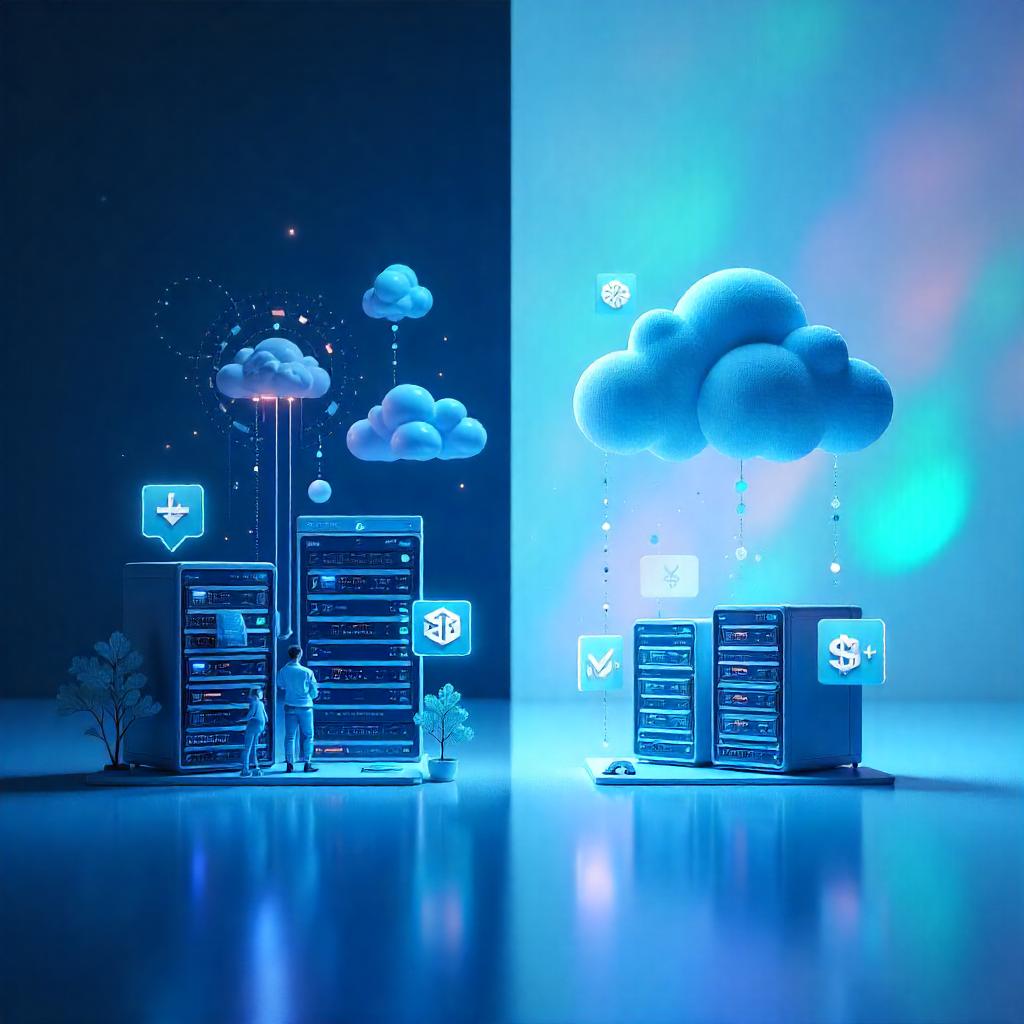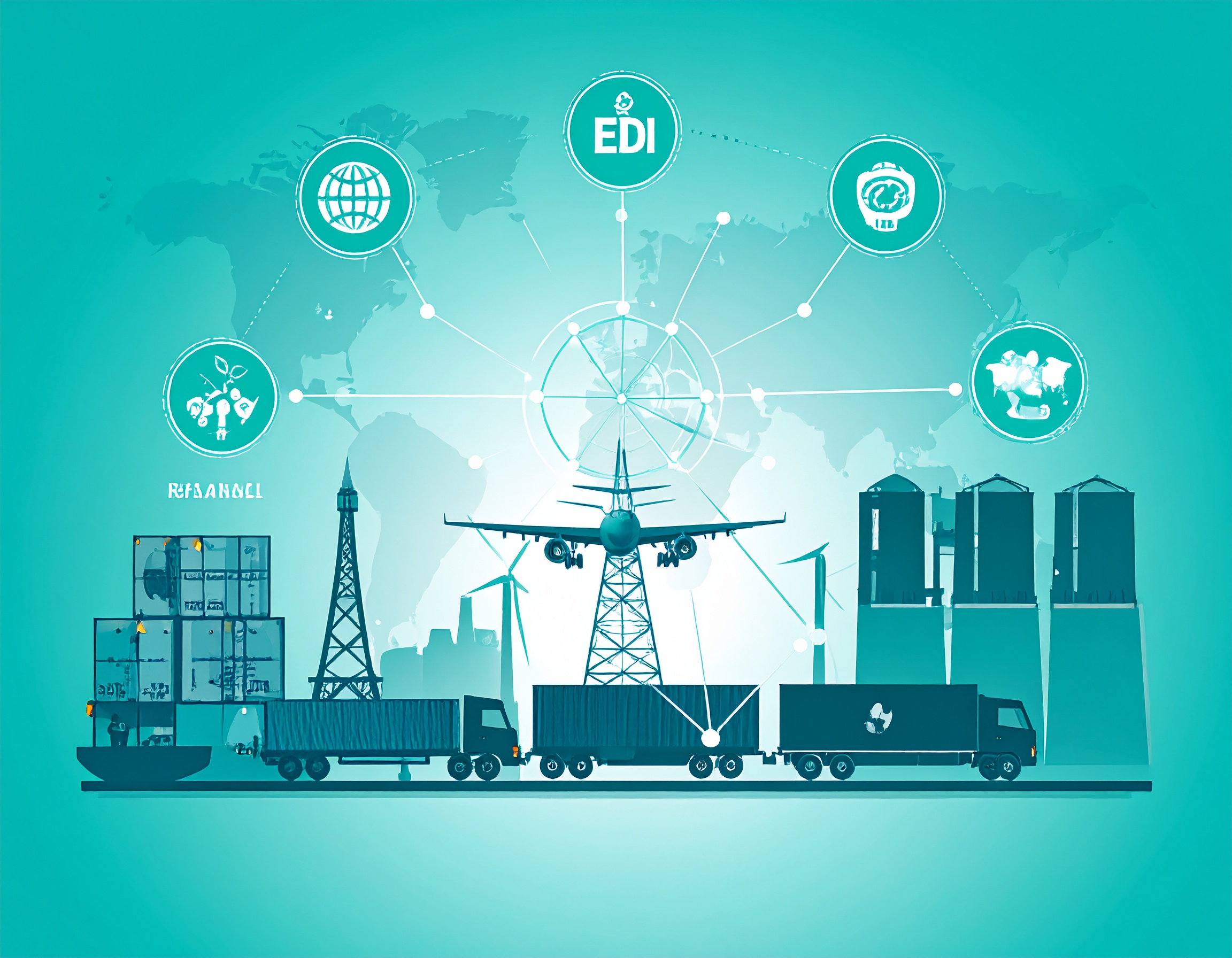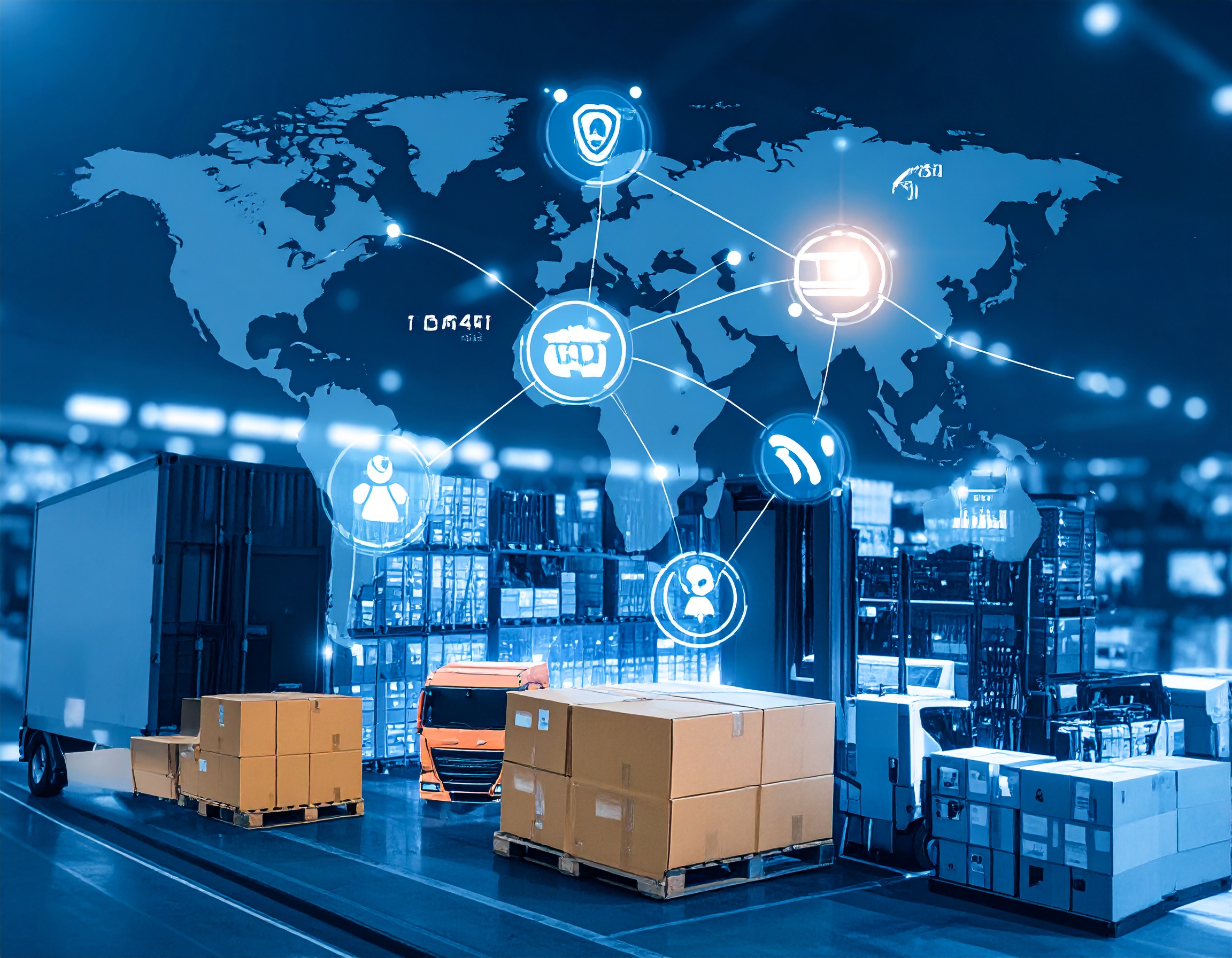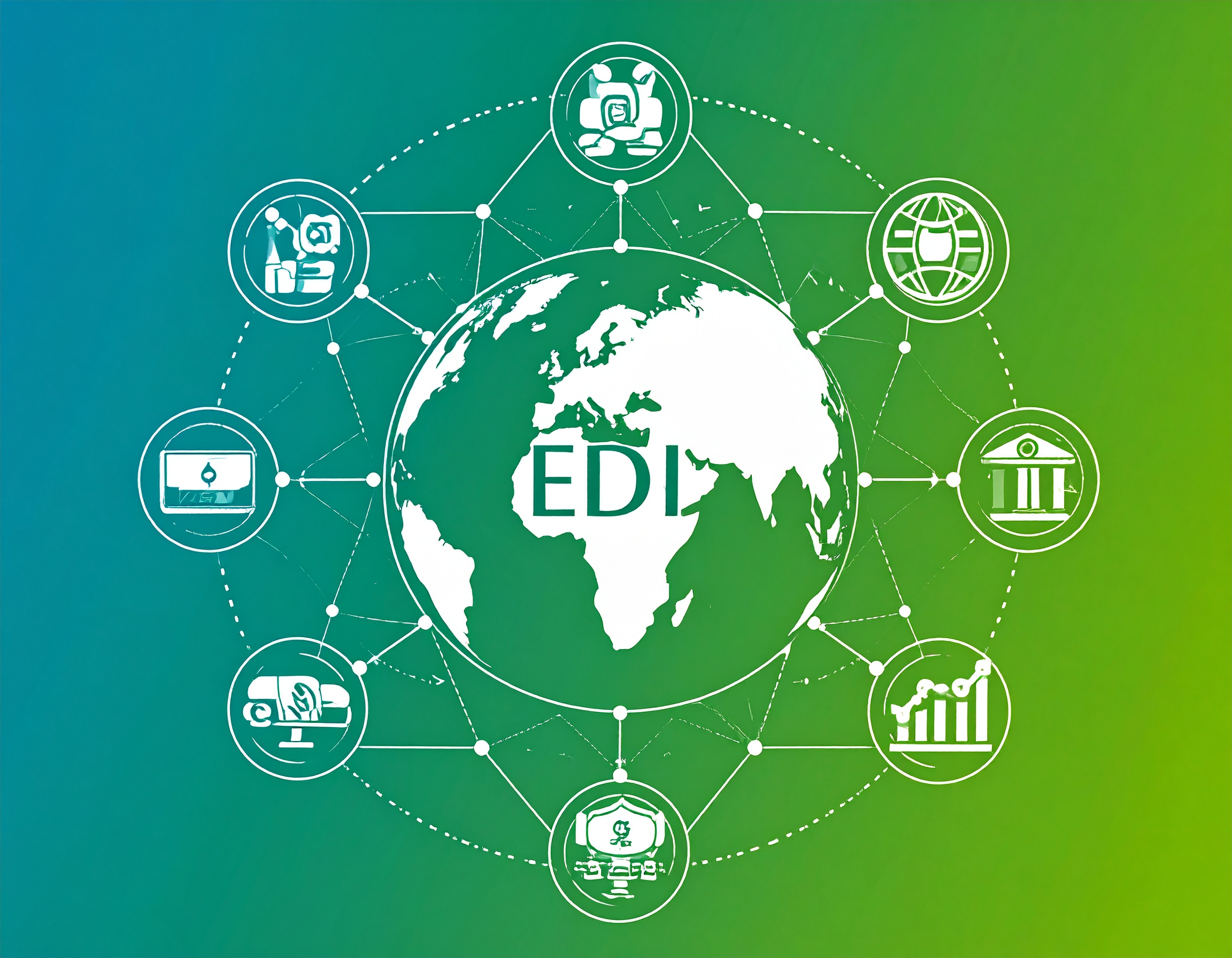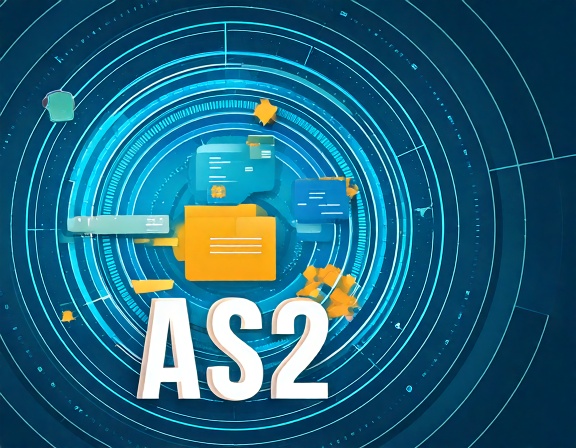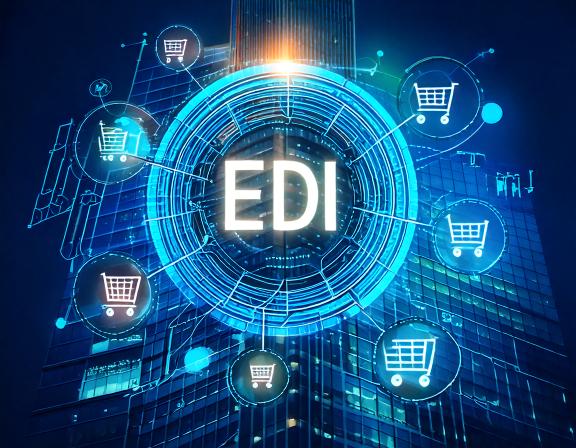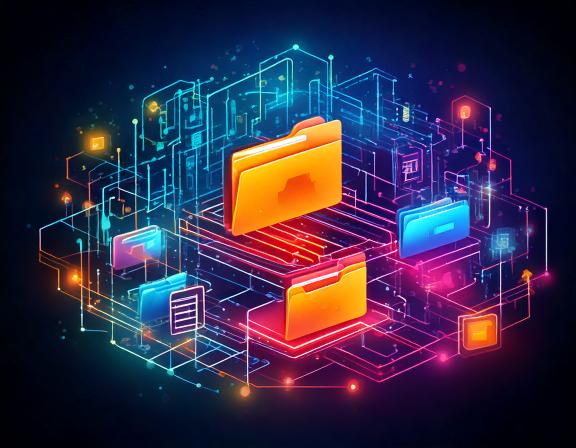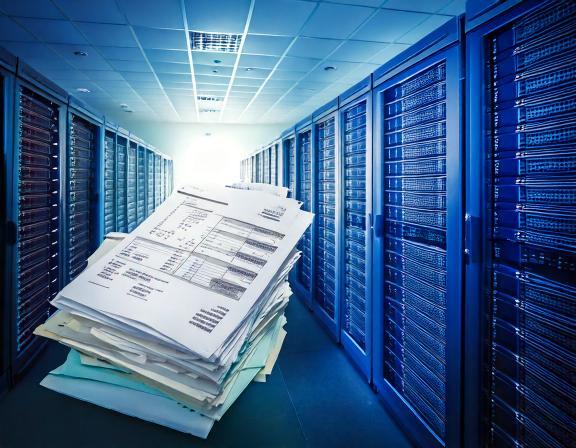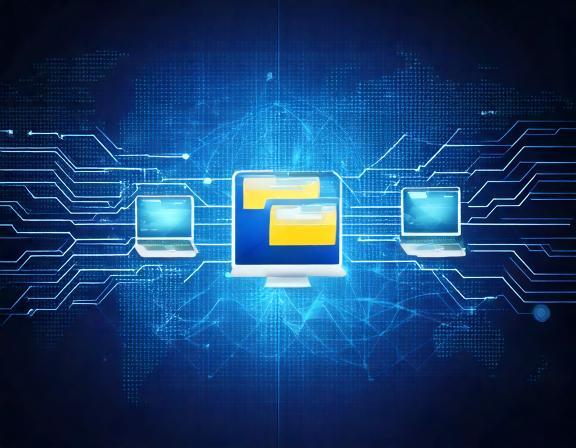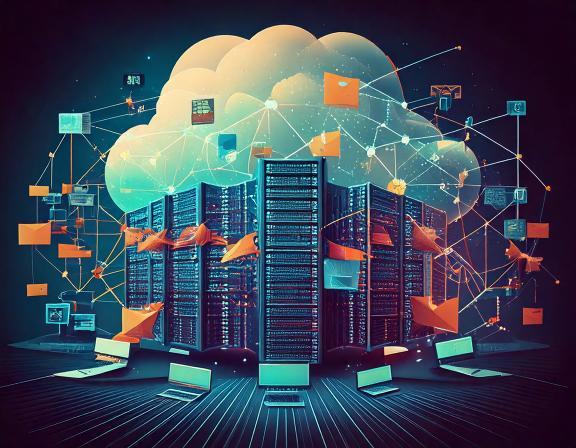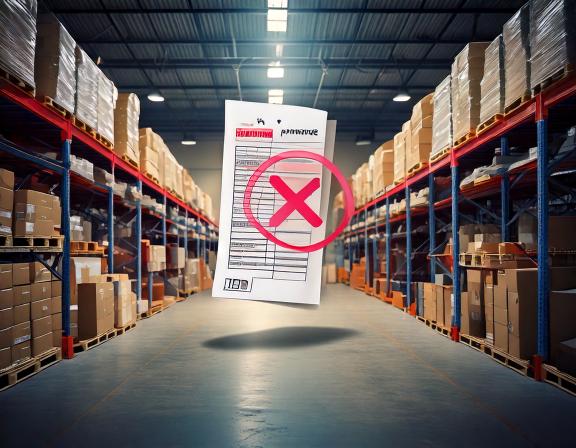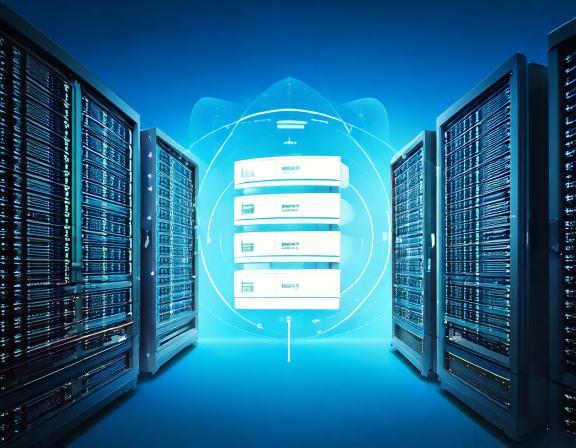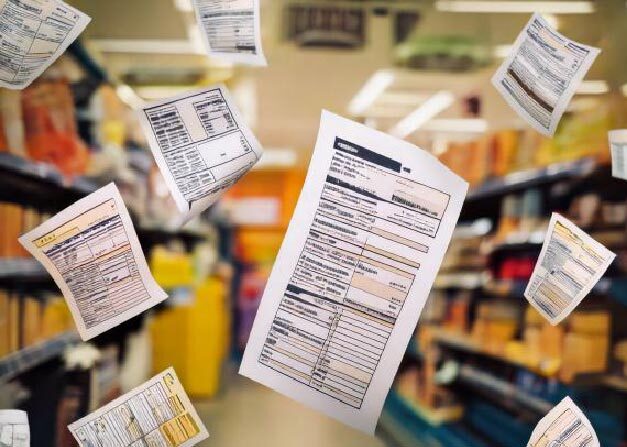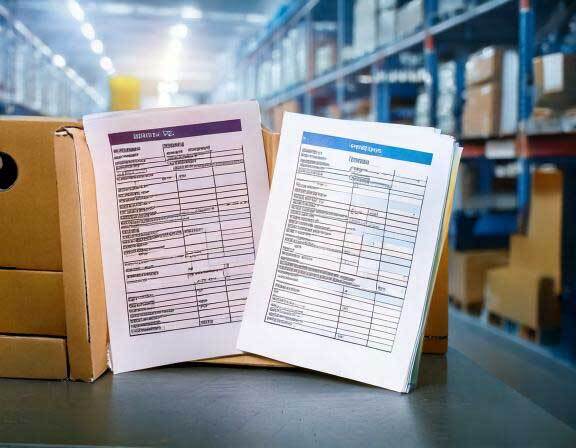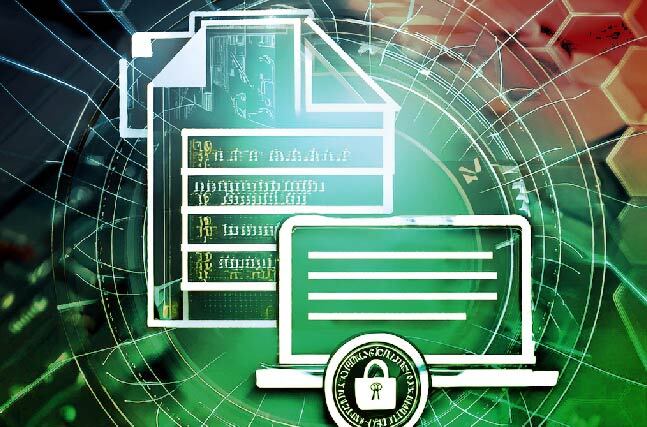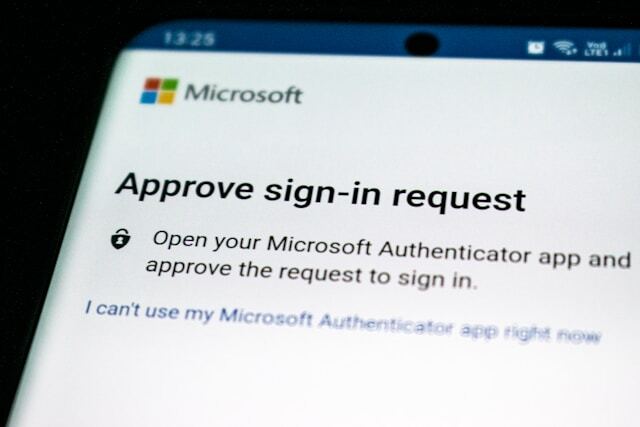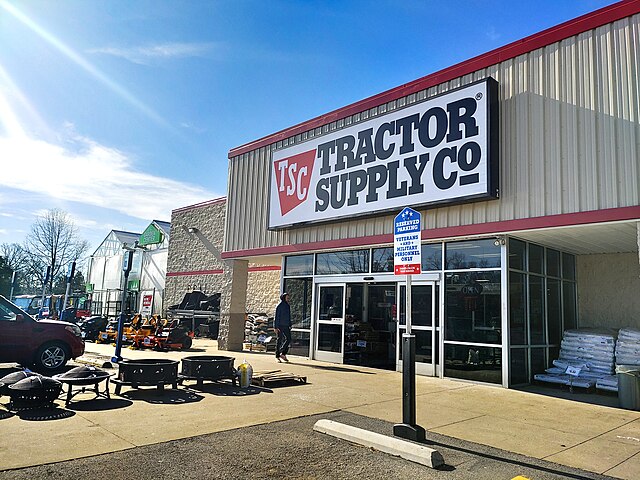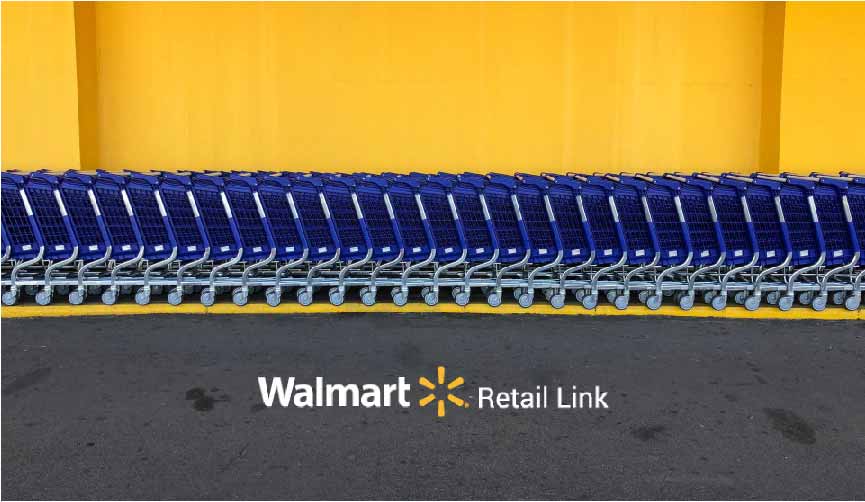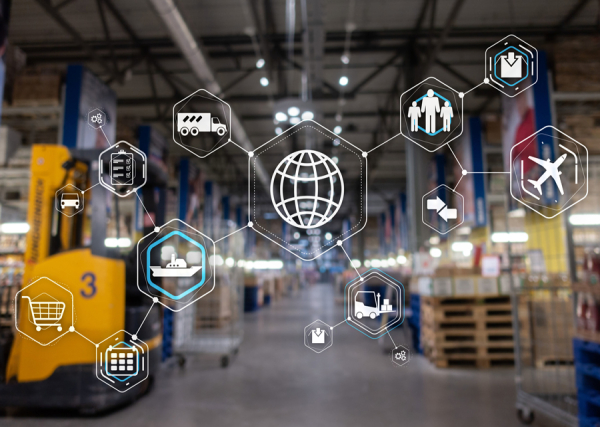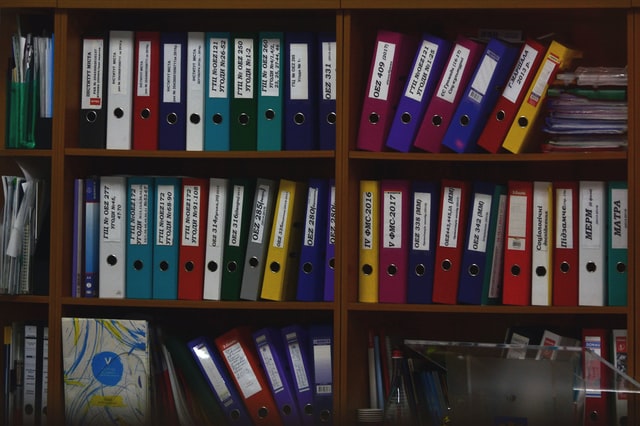MFT Gateway is a hosted Software as a Service (SaaS) solution that enables file exchange over the AS2 or SFTP protocol, without the need to install or maintain.
- Blog
- Future of EDI in Supply Chain: Cloud Solutions & Digital Innovation
EDI
Future of EDI in Supply Chain: Cloud Solutions & Digital Innovation
Explore how cloud-based EDI solutions are transforming supply chains with seamless, secure, and scalable digital platforms. Read our blog!

Akila Ishani
Published: 03 Feb 2025

Today’s customers expect more than just products — they increasingly demand seamless, transparent, and fast fulfillment as the norm. This shift extends to the supply chain industry as well. In the future, supply chains will be shaped by customer needs rather than by products and processes. They will move away from capital-intensive fixed assets and linear operations, evolving into dynamic ecosystems of modular capabilities delivered through networks of trusted third parties, ready to scale and adapt as needed.
Digital ecosystems revolutionizing the supply chain industry
Imagine a customer clicking a mouse or swiping a touchscreen to trigger your production line, instantly realigning your supply chain to deliver a seamless, personalized experience.
To make this vision a reality, it is crucial to leverage digital platforms effectively. These platforms have unlocked new opportunities for supply chains, enabling suppliers to engage directly with retailers or customers through intuitive digital interfaces. Companies seeking growth are increasingly adopting these platforms to stay competitive and thrive.
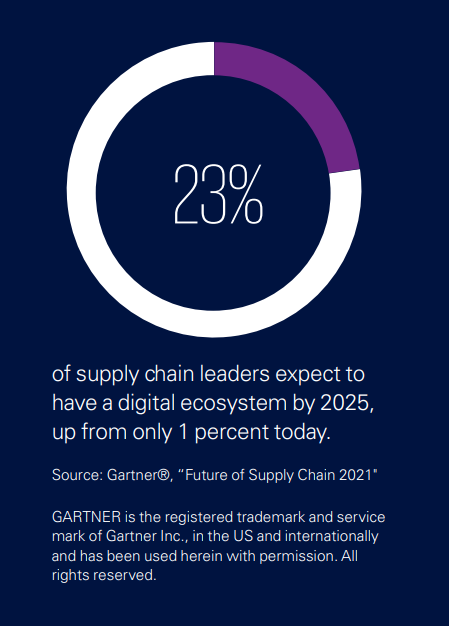
Role of EDI in supply chains
EDI is widely used across various industries, but its most significant impact has arguably been in supply chain management.
Electronic Data Interchange (EDI) is the first major disruptive digital technology in supply chain management. By enabling the rapid and accurate exchange of EDI transactions, it has streamlined operations and enhanced customer experiences. Today, EDI software and services play a central role in efficient supply chains, facilitating fast and secure file transfers that foster collaboration and drive increased sales among trading partners.
It’s important to reflect on the current landscape and understand why existing EDI integrations have created uncertainty for the future. Currently, legacy EDI systems encompass three primary types of EDI:
-
On-premises EDI Software: Direct or point-to-point EDI is typically an on-premises setup that establishes a dedicated communication channel between trading partners, relying on predefined EDI standards and protocols.
-
EDI via VAN: EDI through value-added networks (VANs) is currently the most popular solution. Its cloud-based architecture and the expertise of VAN providers, who manage secure “mailboxes” for sending and receiving documents, make it a preferred choice.
-
EDI as a Service (SaaS): SaaS EDI simplifies supply chain operations further by offering EDI access through web portals, enabling partners who cannot exchange traditional EDI messages to participate seamlessly.
EDI-as-a-Service: The real game-changer in EDI
The future of EDI is a pre-connected SaaS solution.
Retailers of the future are expected to digitally integrate their “as-a-service” partnerships, enabling supply chains to scale automatically. By leveraging advanced predictive modeling, they will be able to seize opportunities and adapt instantly to changes in an increasingly dynamic market.
The rise of digital platforms for EDI has made it much easier for successful companies to outsource parts of their supply chains to third-party “as-a-service” providers or even offer capacity “as-a-service” themselves.
Outsourcing allows businesses to tap into technical expertise and operational maturity without the need to invest in capital-heavy fixed assets. Simultaneously, it enables them to track the performance of both the outsourced functions and the outsourcing relationships through platforms or tailored dashboards. This model allows companies to quickly adapt to changes in volume, reducing costs by scaling their service offerings.
To stay ahead in the future, market leaders should partner with third-party EDI providers to gain the technical skills and experience necessary to develop new digital solutions, iterate on their platforms, and enhance their capabilities as data streams become more complex.
How we can help you with EDI innovations
Notably, a growing number of cloud-based tools and management services have entered the market. These user-friendly solutions lower entry barriers, particularly for smaller businesses or those without in-house EDI expertise. They can accelerate the implementation of EDI systems, even in complex supply chain environments, while enhancing their effectiveness.
We at Aayu Technologies offer a comprehensive suite of cloud-based EDI products as a Service: the MFT Gateway, which handles EDI transmissions over AS2 and SFTP protocols, and the EDI Generator, which handles EDI content.
MFTGateway can transmit literally anything (even a video clip or a regulatory submission, and EDIGenerator can process virtually any EDI document (as long as the specification or schema is available) - even including generic documents that are originate or are exchanged outside of MFTGateway.
But of course, the real power comes in when the two platforms operate in unison. It’s an all-in-one solution to handle everything required in EDI, from file processing to file transfer over AS2. Harnessing the simplicity of standard SaaS (Software-as-a-Service), it delivers a browser based web interface with simple, pre-populated forms to create, receive, and manage EDI documents. Also it offers direct, point-to-point AS2 communication and functions like web-based email - with an inbox and outbox to send and receive EDI documents from.
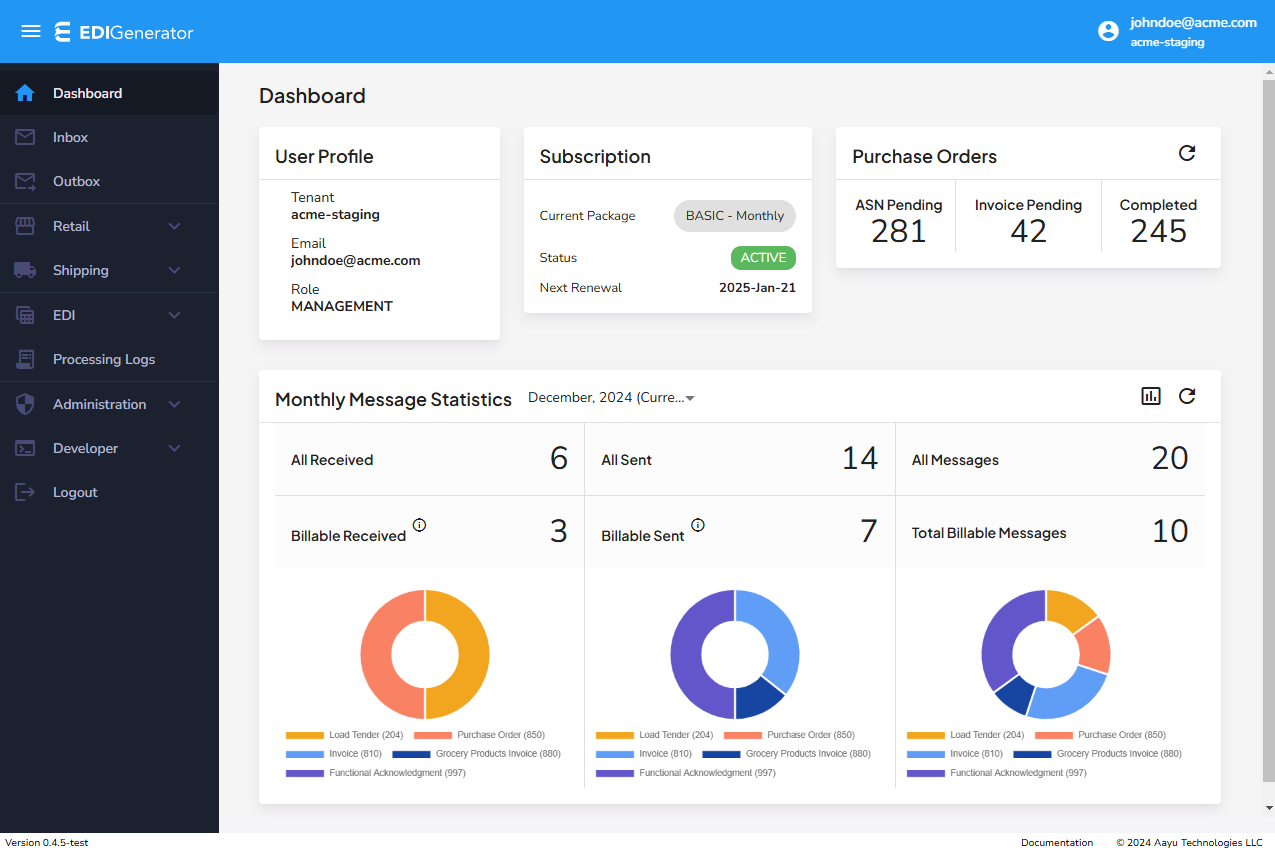
If you’re looking to transform your supply chains with an effective, modern EDI solution, get in touch today.

Talk to an EDI Expert
Join hundreds of organizations already taking full control of their B2B AS2 communications with our trusted solutions. Contact us today to tailor a solution that fits your specific AS2 EDI needs.
Related Articles
View All BlogsExplore our product stack
Try before you buy with a 30-day Free Trial
No commitment, all value. Try the AS2 Solution Risk-Free and discover how our solutions can transform your business workflows. No credit card required.
Explore Your Possibilities
Elevate AS2 Communications with our EDI and AS2 Solutions
See how our AS2 and EDI solutions can simplify your integrations, boost efficiency, and keep you compliant—request a personalized demo today.

